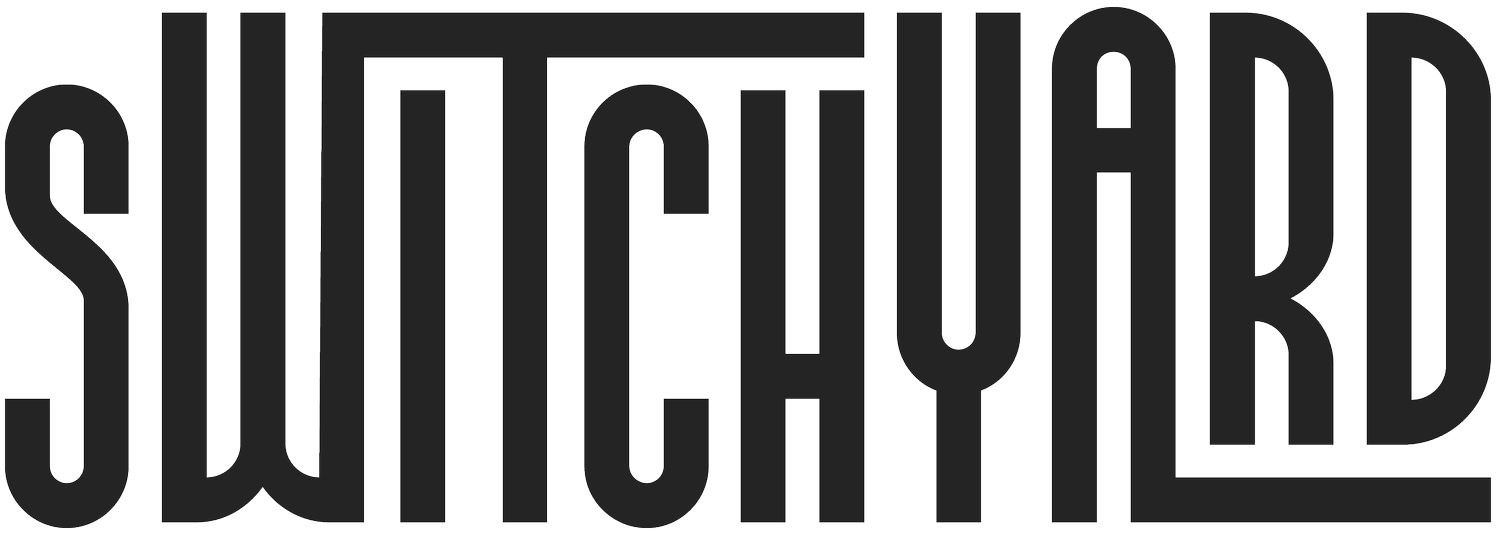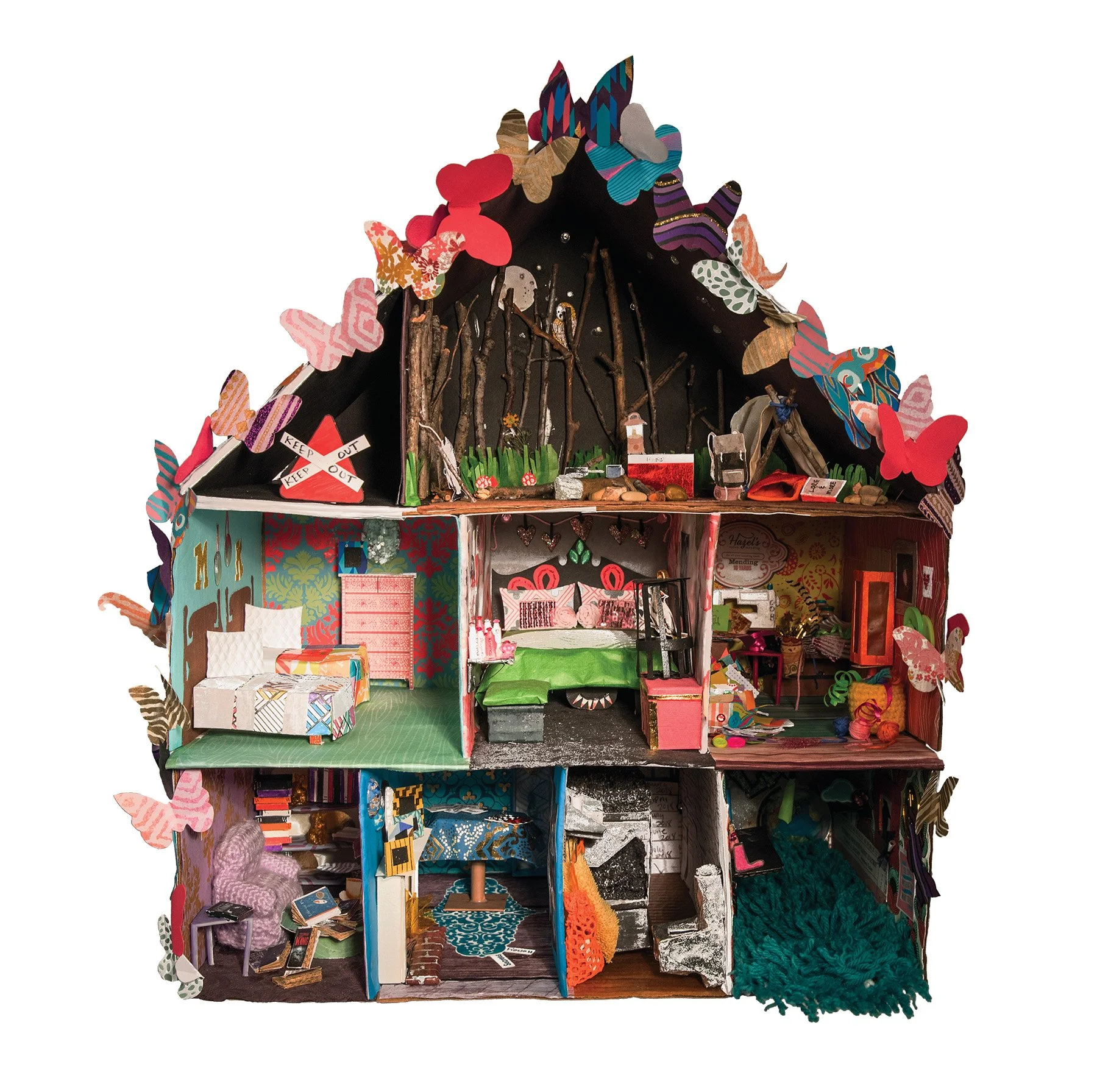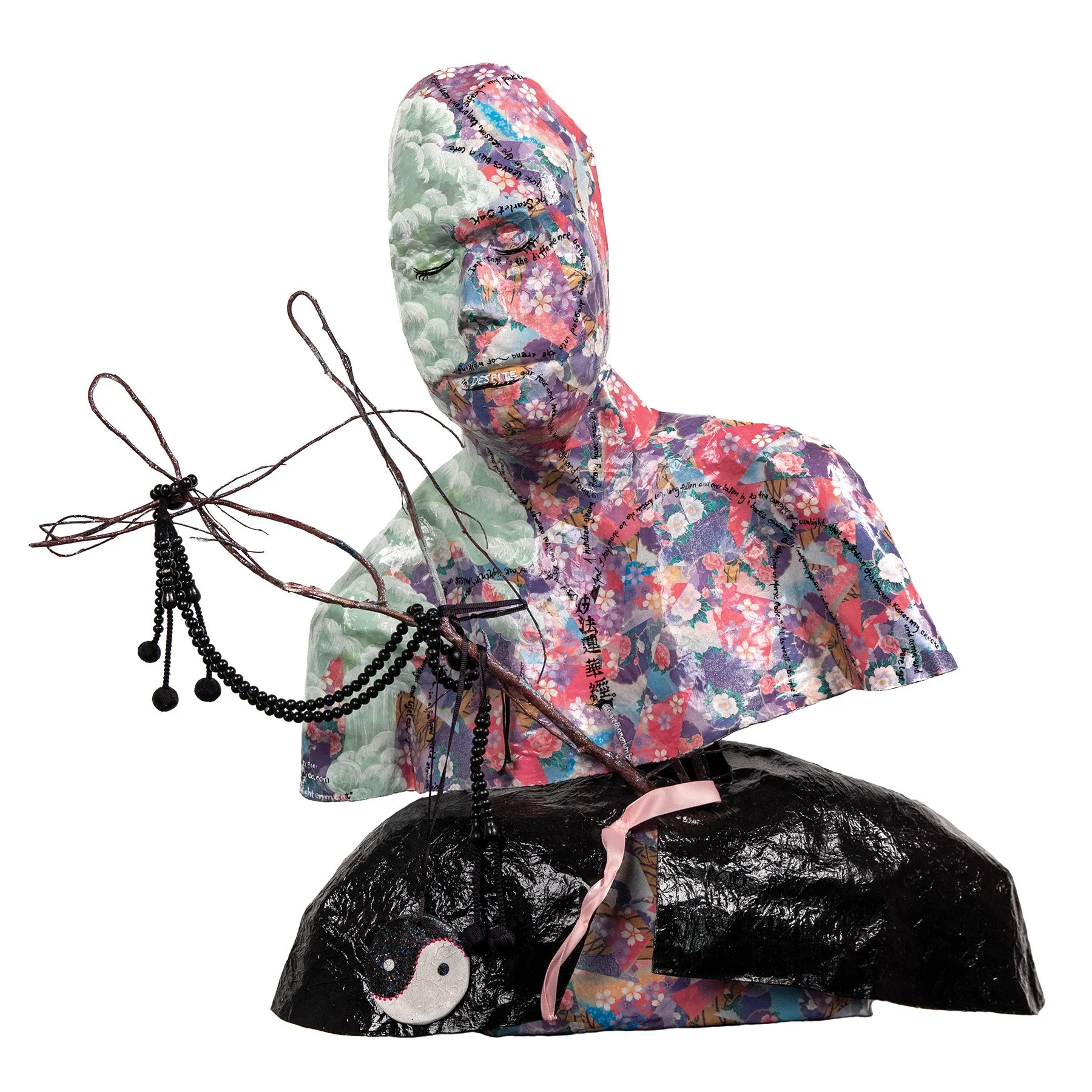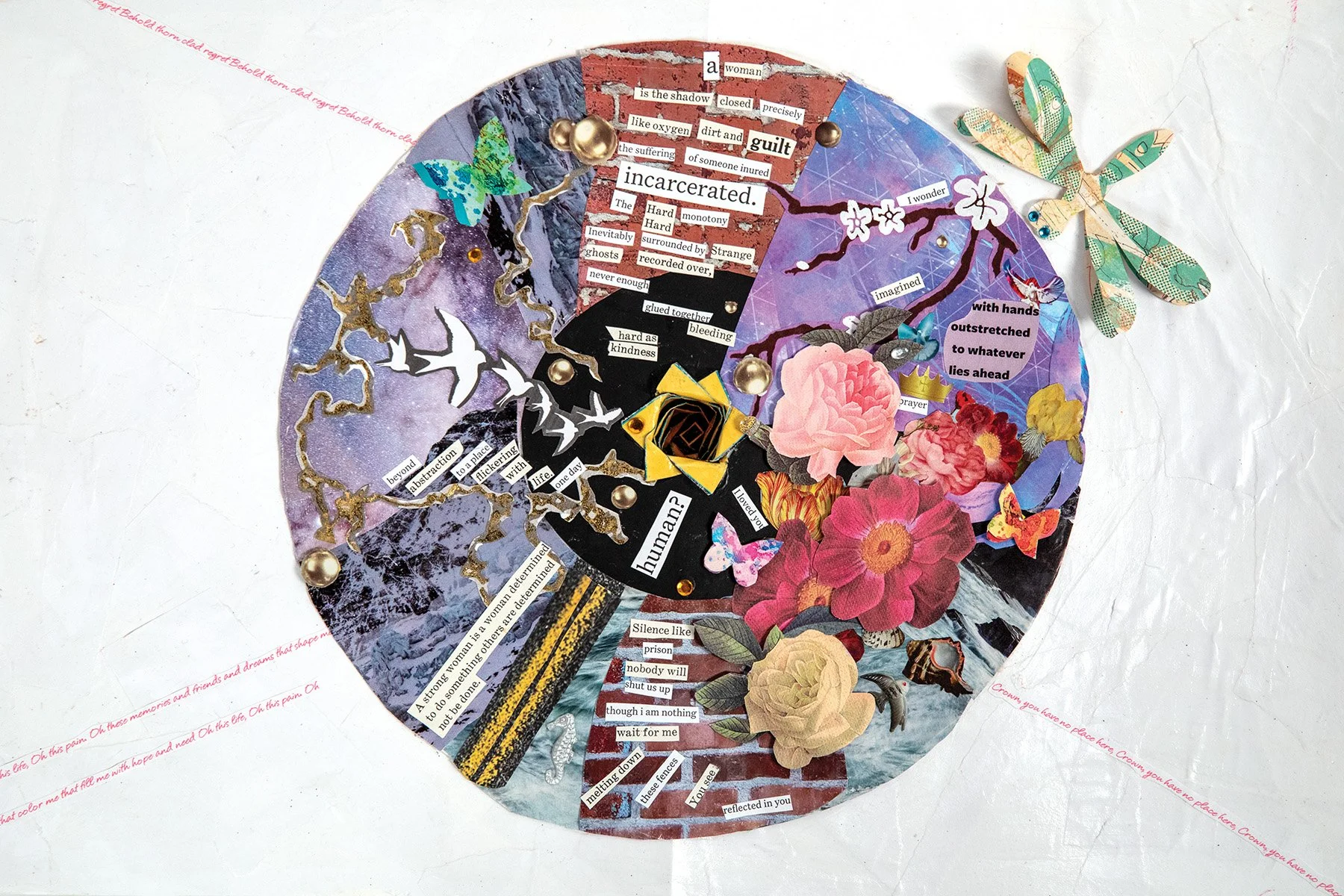On the Inside
Photograph of Tamara Hinkle by Lisa Loftus
Writing and Art by Women from Oklahoma’s Correctional Facilities
Introduction by Ellen Stackable, Executive Director of Poetic Justice
Drawings by Sara Haag
Mabel Bassett Correctional Center is a massive gray prison surrounded by a double razor-wire fence. It sits in a remote part of Oklahoma, bordered only by fields and a rural cemetery. It is Oklahoma’s only medium-maximum security prison for women. Built to hold 1,100 women, it currently houses a population of about 1,250—down from its peak in 2016 but still 12 percent over capacity. Poetic Justice classes are held in two classrooms in the prison’s chapel. The women sit at tables, pens and pencils in hand, writing in notebooks or on loose-leaf paper.
Many of the women in our classes are serving 25-year sentences; for others, it is life without parole. They know what to expect from most days. They know what the menu will be at the cafeteria. They know who they will see, and not see, in the yard. They know how many times they will be counted by officers each day. Poetic Justice provides a break from that monotony, and many of the women have been working with us since our classes began eight years ago. In that time, they have written countless essays and poems and created three-dimensional art and paintings.
In 2017, we expanded our programs to additional facilities, including the Dr. Eddie Warrior Correctional Center in the historically all-Black town of Taft, Oklahoma. Eddie Warrior was built on the former site of the Industrial Institute for the Deaf, Blind, and Orphans of the Colored Race, which later became the Taft State Hospital for the Negro Insane. Eddie Warrior is designed to house up to 950 women in a minimum security environment. But it’s open dormitory structure also made it extremely vulnerable during the height of the pandemic. The state estimates that at least 700 of the women inmates there tested positive before the end of 2020.
Covid-19 also forced us to discontinue in-person classes for about 14 months. The art and writing contained in this issue were created after classes resumed in summer 2021. In the two years since then, we have encouraged our incarcerated women writers and artists to ponder what it meant to experience a pandemic in a place where it was impossible to distance from others, what it meant to lose their few freedoms due to lockdowns, and what it now means for them to return to normal—when “normal” is the humdrum of a long prison sentence. We asked them how they survive, how they find hope, how they have come to redefine freedom. They answered with their words and their art.
Kelsey Dodson
I survive, day to day, by compartmentalizing my mind. This piece is a physical representation of that “mind palace.” It is a dollhouse made from paper, yarn, cloth, cardboard, found objects—anything I could use and repurpose—and it is divided into many rooms. One is my library, where I store every book I have ever read. One of these rooms is where I keep my family. One is for my children, lost to me for now, but never forgotten. One of these rooms is my own, where I keep the monster under the bed. One of these rooms is a prison cell, where a part of me will always remain. It is seared into my mind, and I am afraid it will never leave me. Another is for the outdoors, the open sky. One of these rooms is full of my dreams. One of these rooms I don’t talk about.
My Mind Palace, mixed media; Dr. Eddie Warrior Correctional Center, Taft, Oklahoma
Jax Frank
They call me Jax, because I am a jack-of-all-trades, a master of “convict engineering.” I constructed this bust using a bastardized version of papier-mâché—tissue paper, newsprint, and watered-down glue. The base was weighted with one of my study texts. Poetry is written across the chest of the bust in all the places I have actual, physical scars. The tree was made from branches collected around the flowerbed where I work in the Mabel Bassett yard. Nature inspires me as an artist. I grew up at my family’s fruit orchard in California, watering our lemon trees and oranges and pomegranates and protecting them when there was a frost, so landscape and trees appear a lot in my work. I was taught to be a good steward, to take care of the things we were given, to make sure we nurture the Earth as much as it nurtures us.
Tree of Enlightenment, mixed media; Mabel Bassett Correctional Center, Pottawatomie County, Oklahoma
Beverly Moore
When my whole world was turned upside down, and all my hopes and dreams were burned to the ground, the devastation was all consuming. It seemed that there was nothing left. Then, something beautiful grew out of the utter destruction that was my life—a consciousness that I had never before possessed. I began to flourish in this barren landscape and find solace in the courage flowing through my veins, the courage to share the best of myself with the other broken and battered souls that inhabit this dry place. Once again, a bright spark of hope was lit.
ignited, acrylic on boards; Mabel Bassett Correctional Center, Pottawatomie County, Oklahoma
Geneva Phillips
I have been incarcerated for 11 years. I was in the first class that Poetic Justice offered at Mabel Bassett in 2015, and I have been involved ever since. Those classes have emboldened me to be brave, to find my own style, to produce work that I never would have believed I could produce. Now, everywhere I look, I see art. A sunset can leave me stunned. The iridescent wonder of a hummingbird holds me transfixed. Everything spirals inward and enters me. This mixed-media piece represents my eye. The outer circle is the iris, made up of a collage of different scenes—a cosmos, mountains, a brick wall, an ocean—and then layered with flowers and butterflies and a dragonfly. The pupil, at the center, is a black hole, the place where the world becomes a part of me.
As I See It, mixed media; Dr. Eddie Warrior Correctional Center, Taft, Oklahoma
LaNita Bateman
Until our country does away with the human slave trade, our children will continue to be ushered through the prison pipeline. I hope this painting reveals the truth of systemic racism and serves as another piece of evidence of our modern-day inhumanity. The truth is before us, here and now. It cannot be ignored. Until we revise the Thirteenth Amendment—until slavery and servitude are lifted, even as a punishment for crimes of the duly convicted—our country will not truly be free.
The Answer, acrylic on canvas; Mabel Bassett Correctional Center, Pottawatomie County, Oklahoma























